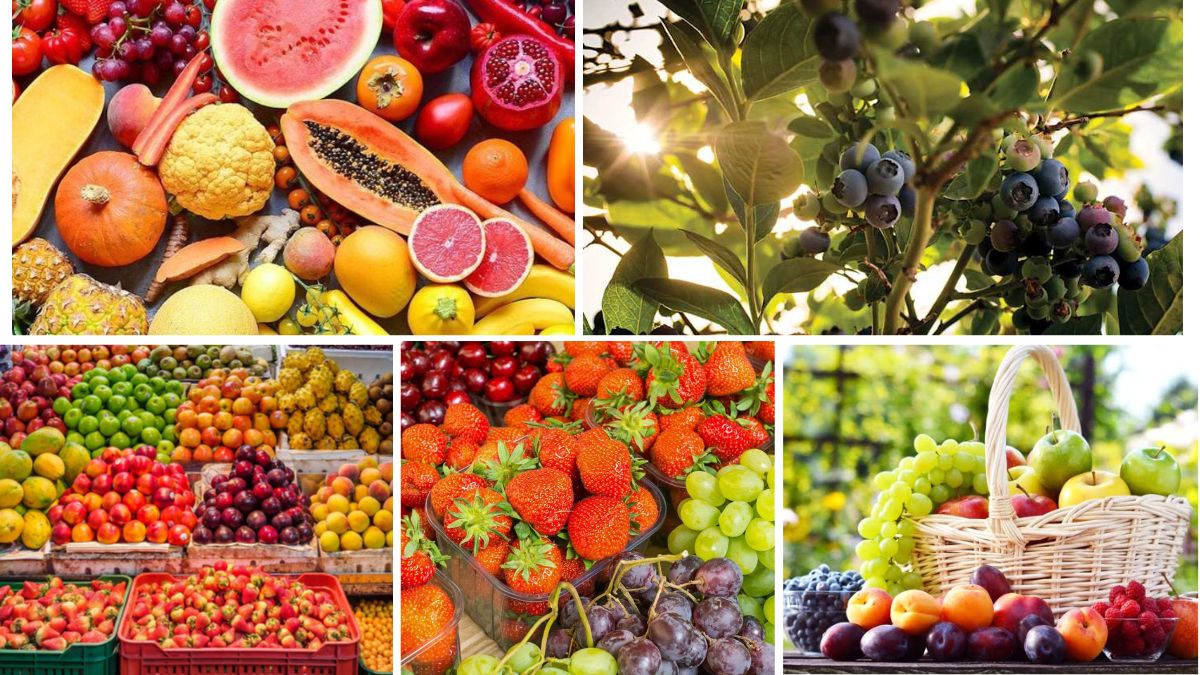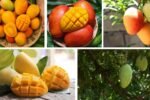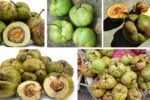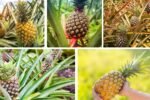In today’s globally connected agricultural economy, fruit pricing is influenced by a complex blend of supply, demand, trade policies, climate patterns, and consumer behavior. As the demand for fresh produce surges and countries compete in exports, understanding the pricing trends of fruits by region has become critical for farmers, exporters, retailers, and policymakers. This article delves into the key factors shaping regional fruit prices, highlights trends across major producing and consuming nations, and provides insights into how producers and stakeholders can adapt to this dynamic marketplace.
1. Why Fruit Pricing Matters

Fruit pricing determines the profitability of producers, affordability for consumers, and competitiveness in international markets. Prices vary based on region due to several factors such as:
- Climate and weather conditions
- Labor and production costs
- Transport infrastructure
- Trade agreements and tariffs
- Pest/disease outbreaks or natural disasters
- Seasonal supply surpluses and deficits
For instance, a country like India may experience lower mango prices during peak harvest due to local oversupply, whereas the same variety may command premium rates in the US or Europe due to scarcity and high demand.
2. Key Factors Influencing Regional Fruit Prices

a) Production Capacity and Seasonality
Countries with large-scale fruit production enjoy economies of scale. For example, banana prices in Ecuador remain low due to massive export-oriented plantations, while colder regions rely on imports and pay higher prices. Additionally, seasonal gluts or off-season scarcity directly impact prices.
b) Export Volumes and Trade Routes
Regions heavily involved in exports—such as Chile for grapes and avocados—often experience price fluctuations based on international demand and logistics. Ports, freight costs, and cold storage availability further influence final market prices.
c) Consumer Preferences
In the Middle East, premium dates and exotic tropical fruits fetch high prices due to consumer preferences and gift-giving traditions. In contrast, regions like Southeast Asia prefer fresh, local, and seasonal fruits, which keeps prices relatively stable.
d) Climate Change and Natural Events
Climate-resilient regions can maintain steady pricing, but droughts, floods, or frosts can cause supply shocks. For instance, wildfires in California have impacted grape production, while cyclones in India affect mango output.
3. Regional Trends in Fruit Pricing
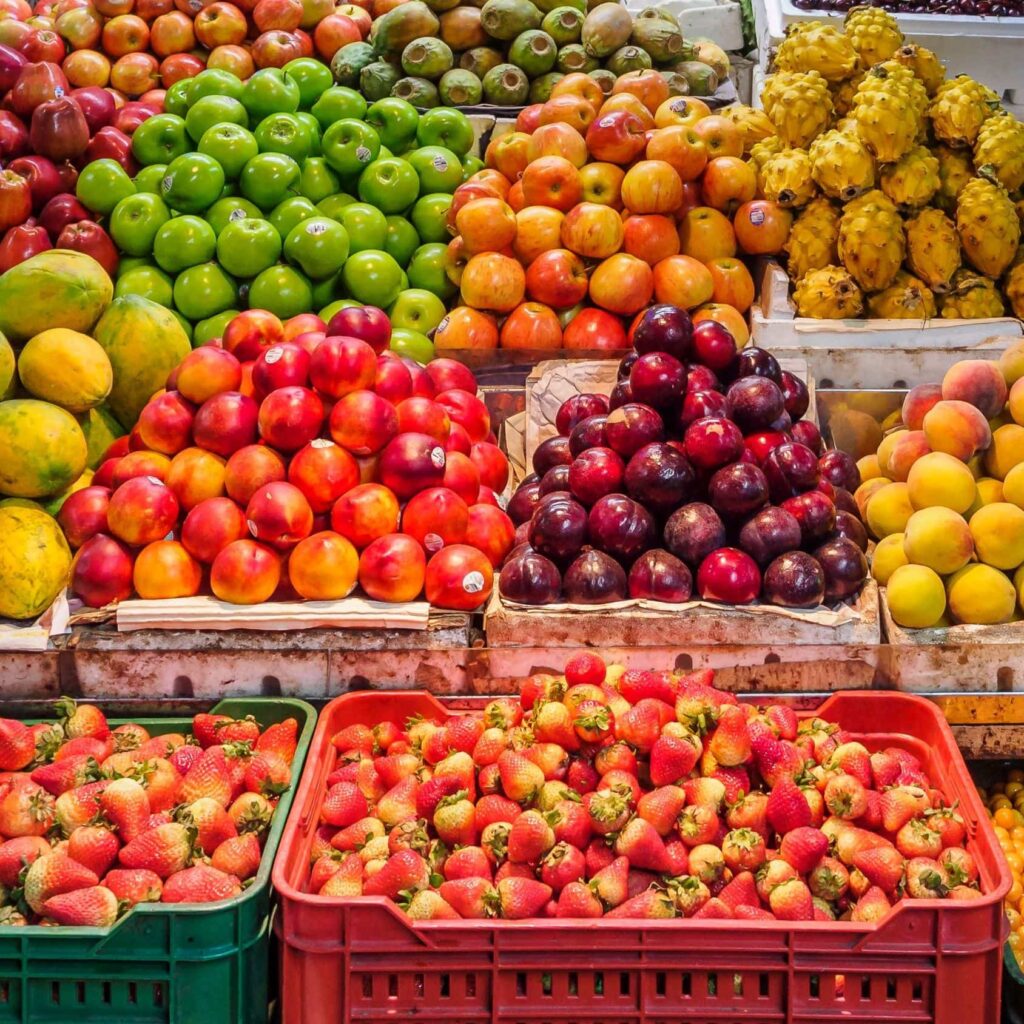
North America
- Key Fruits: Apples, berries, citrus, avocados, bananas
- Trend: Stable pricing in staple fruits like apples and bananas, with premium pricing on organic and imported tropical fruits. Berries, especially blueberries and raspberries, have seen a price surge due to increased demand for antioxidant-rich “superfoods.”
- Influences: Labor shortages, wildfires, inflation, and supply chain bottlenecks.
Europe
- Key Fruits: Apples, pears, citrus, berries, bananas
- Trend: Shift toward organic and sustainably sourced fruits. Prices for imported mangoes and avocados remain high due to transport costs and seasonal limitations.
- Influences: Strict EU quality regulations, high import tariffs, and sustainability certification demands.
Asia
- Key Fruits: Mangoes, bananas, lychees, citrus, pomegranates
- Trend: Diverse regional pricing. In countries like India and Vietnam, fruit prices are heavily influenced by local festivals and harvest seasons. Export-quality fruits fetch higher prices domestically as well.
- Influences: Population density, cultural preferences, fast-growing e-commerce fruit markets.
Latin America
- Key Fruits: Bananas, pineapples, avocados, mangoes, papayas
- Trend: Competitive pricing for export-grade fruits. Domestic markets often experience lower prices for surplus produce.
- Influences: Proximity to the US market, trade agreements, political instability.
Middle East and Africa
- Key Fruits: Dates, citrus, pomegranates, bananas, mangoes
- Trend: Growing demand for high-quality imports and premium packaging. Prices are high for exotic fruits not grown locally.
- Influences: Water scarcity, import dependency, and reliance on cold storage tech.
4. Impact of Technology on Pricing
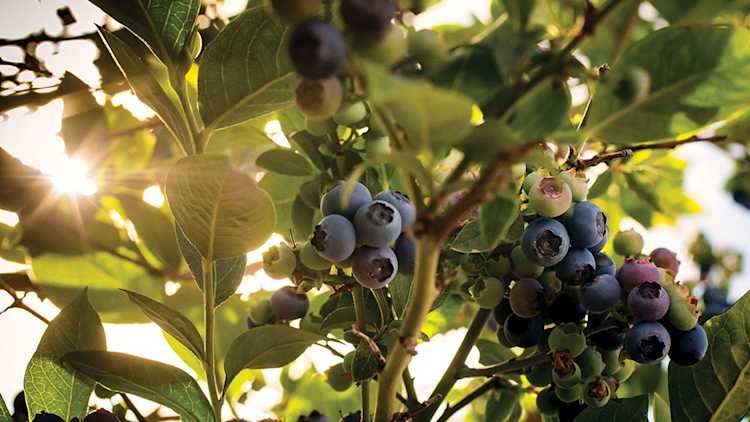
a) Digital Marketplaces
Platforms like Alibaba, Amazon Fresh, and online farmer markets are enabling producers to connect with global buyers, creating price competition and reducing middlemen. This increases transparency and often allows farmers to get better returns.
b) Blockchain and Traceability
In regions like Europe and the US, consumers are willing to pay more for traceable and certified produce. Blockchain is helping stabilize prices for high-quality fruits by preventing fraud and ensuring product authenticity.
c) AI & Predictive Analytics
Tools powered by AI are enabling better crop forecasting, demand prediction, and supply chain management—resulting in fewer price shocks and better inventory control.
5. Trends by Fruit Type
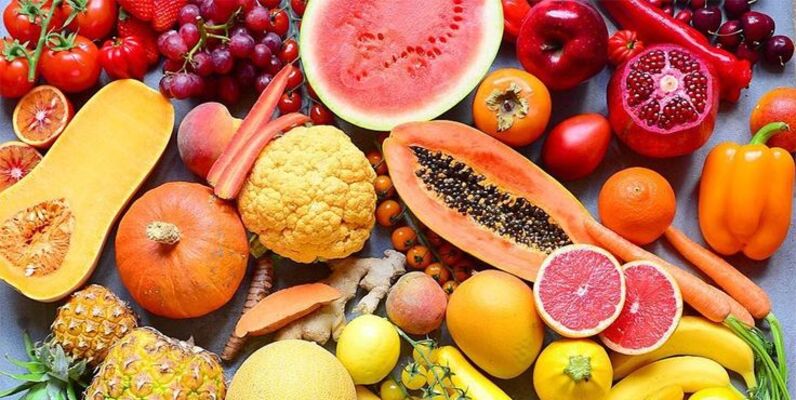
| Fruit | High-Pricing Region | Reason |
|---|---|---|
| Mango | EU, Japan | Off-season demand, air freight, premium tags |
| Avocado | US, EU | Health trend, limited regional production |
| Banana | Middle East, Asia | High demand, low production in arid climates |
| Berries | East Asia, India | Scarcity, high-tech cold storage required |
| Citrus | EU, Canada | High quality standards, import duties |
| Dates | US, Southeast Asia | Ramadan and gift-season demand |
6. Organic and Niche Market Pricing
There is a noticeable global uptick in prices for:
- Organic fruits – 20%–100% higher than conventional
- Exotic imports – Due to limited access and perishability
- Certified sustainable produce – Attracts a niche premium market
- Farm-to-table or local produce – Competitive pricing but limited volume
For example, organic apples from New Zealand can fetch double the price in European markets compared to conventional apples from Poland.
7. Future Outlook: What’s Ahead for 2025–2030?
- Increased Regional Production: Countries like India, China, and Brazil are investing in expanding orchards, aiming for both self-reliance and export growth.
- Smart Farming Adoption: Automated grading, ripeness testing, and IoT sensors will reduce waste and increase premium yields, improving pricing dynamics.
- Eco-Centric Buying: As environmental consciousness grows, sustainably farmed fruits will command higher prices across global markets.
- Customized Pricing Models: E-commerce platforms may offer dynamic pricing based on location, demand, and delivery speed.
8. Strategies for Exporters and Farmers
- Study Regional Demand: Tailor production for specific regional needs (e.g., seedless fruits, organic produce).
- Invest in Cold Chain Infrastructure: Reduce spoilage, command better prices in distant markets.
- Adopt Certifications: Organic, Fair Trade, or GlobalG.A.P. labels add export value.
- Leverage Data: Use apps or analytics platforms to monitor market trends and make smarter planting decisions.
Conclusion
Fruit pricing trends vary widely by region and are shaped by a range of economic, environmental, and social factors. By understanding these trends, exporters and producers can align their strategies to meet market needs, optimize profits, and ensure sustainable growth. As global demand for healthy and diverse fruits rises, those who adapt to shifting pricing dynamics—through technology, market insight, and innovation—will thrive in the evolving global fruit economy.
